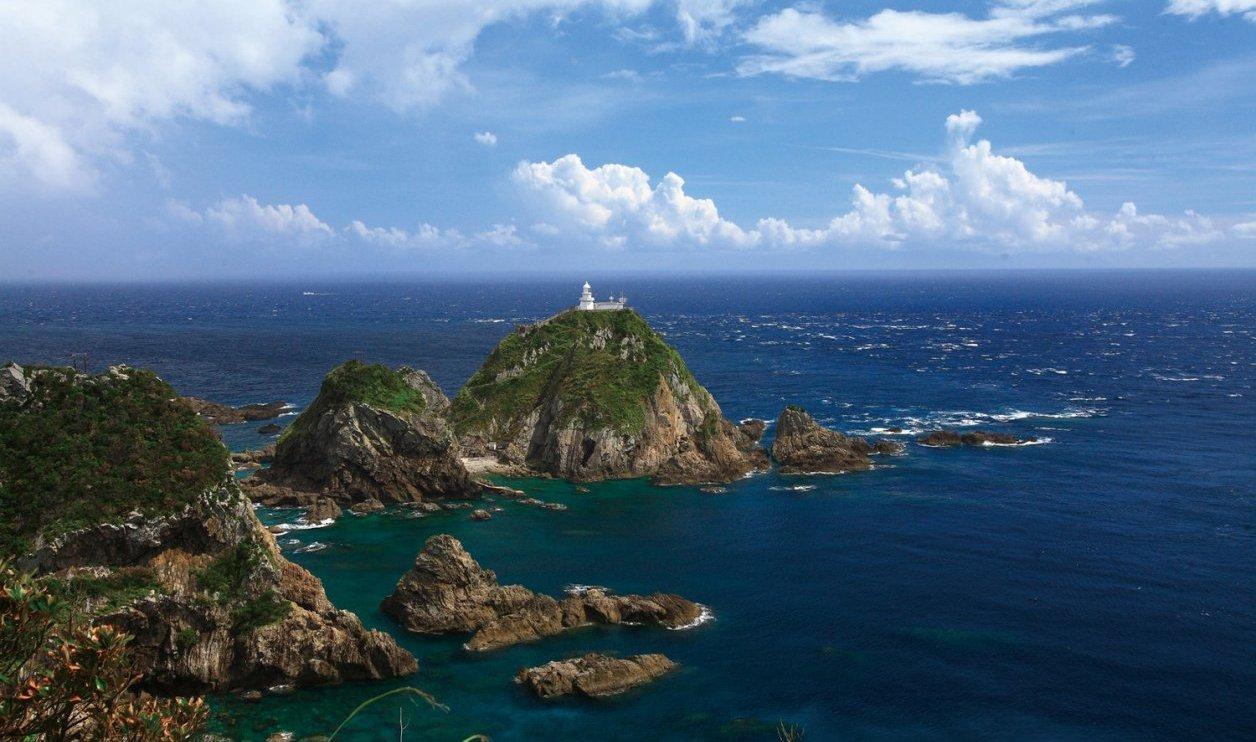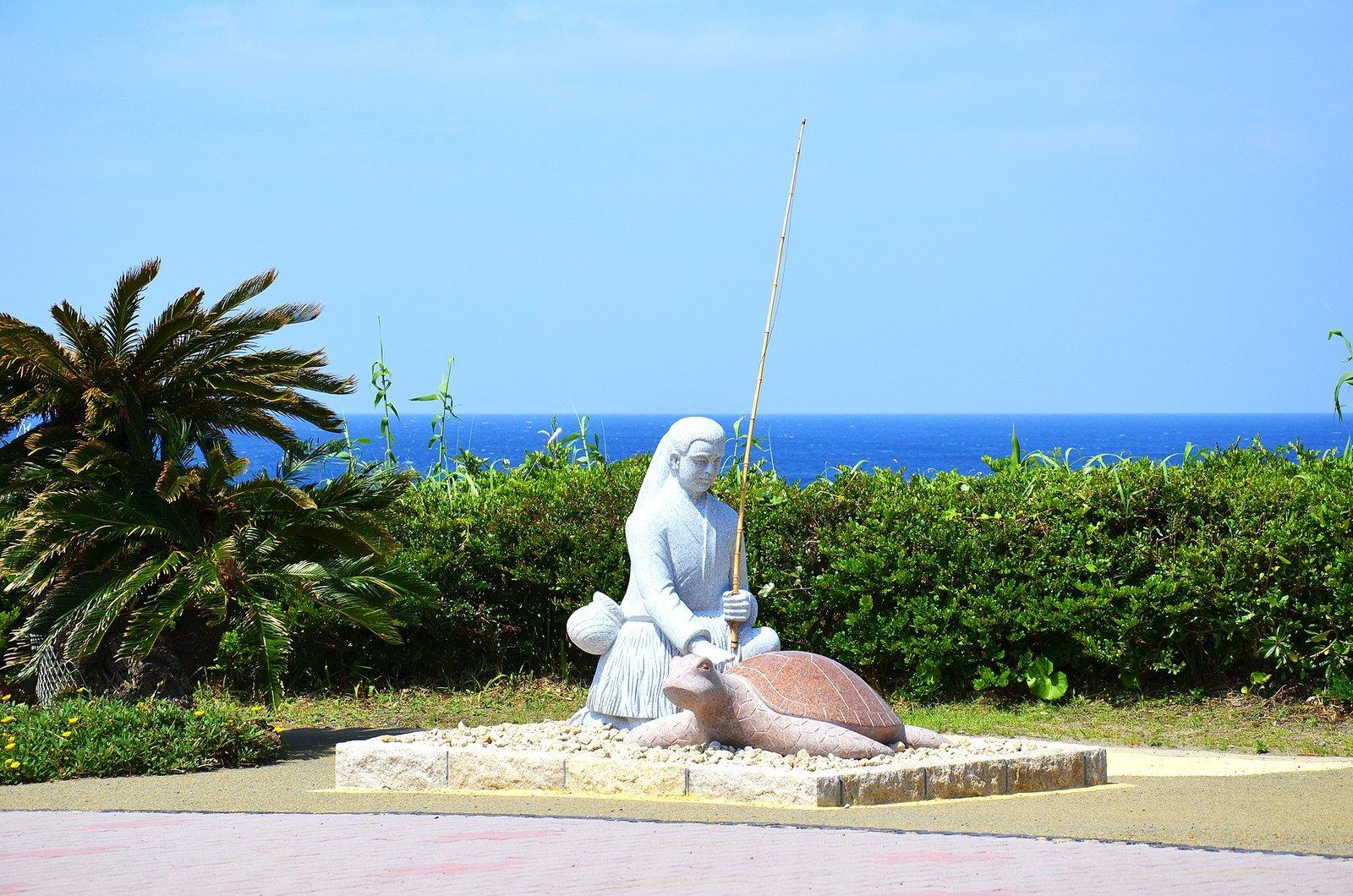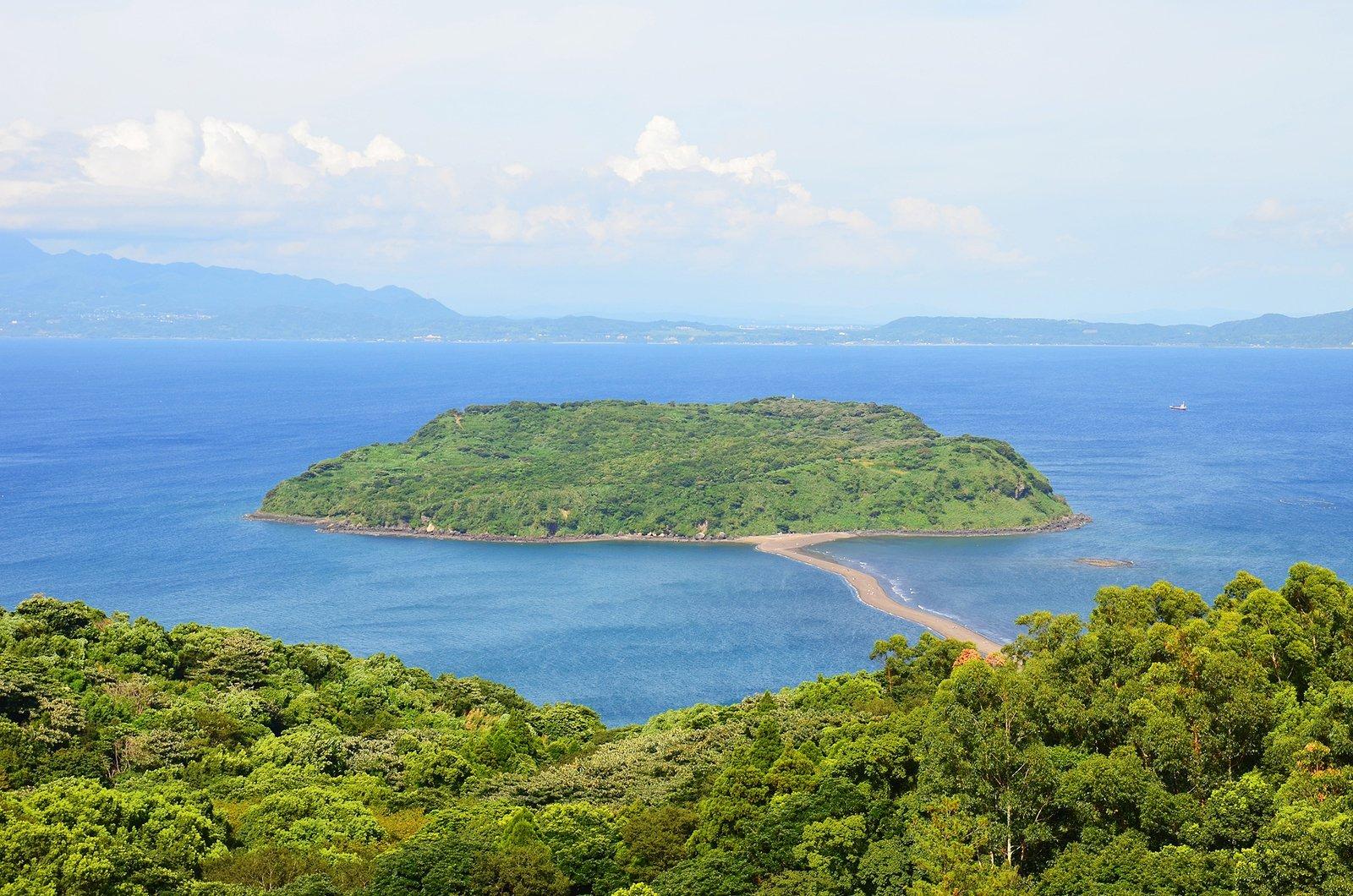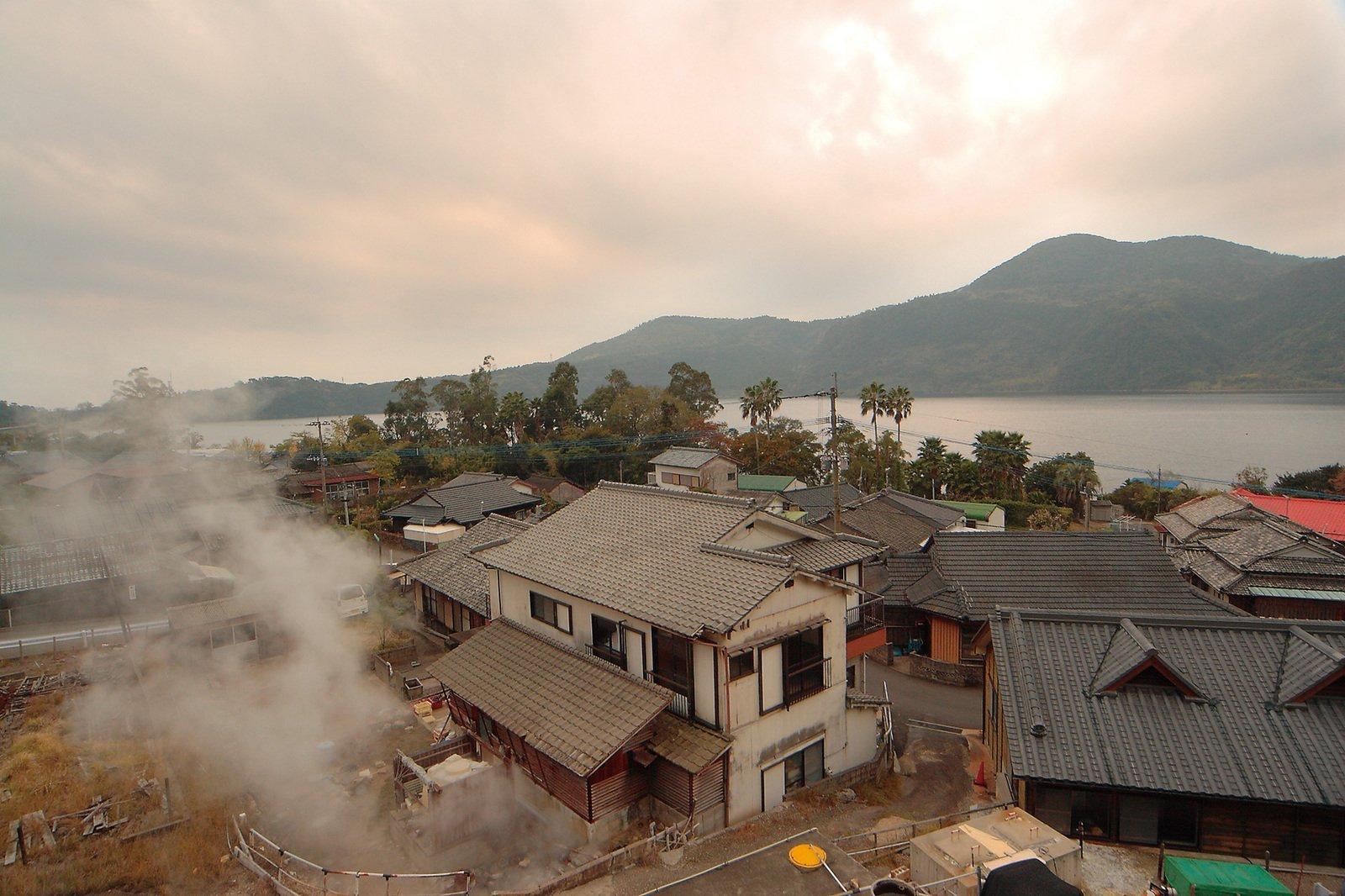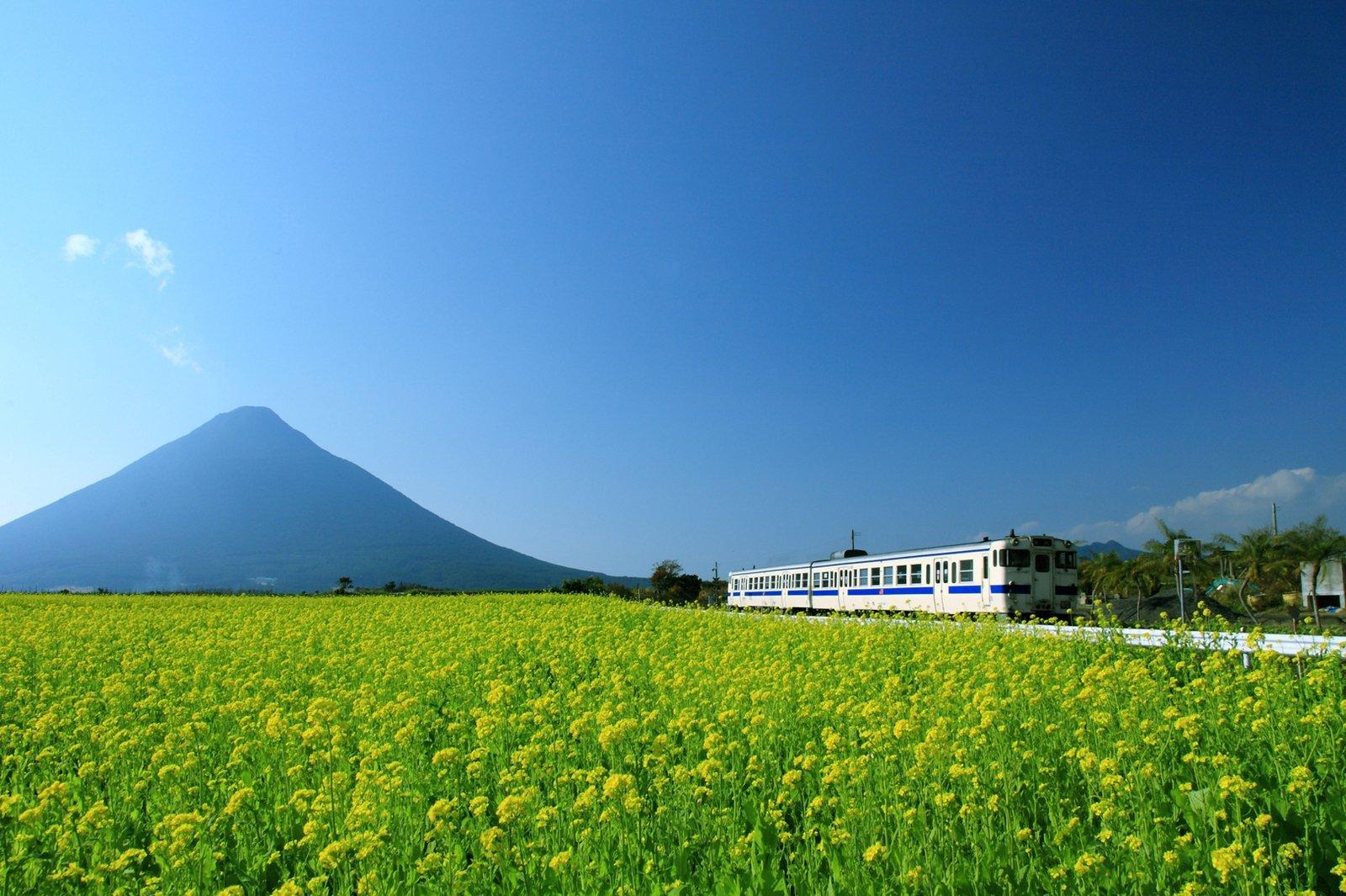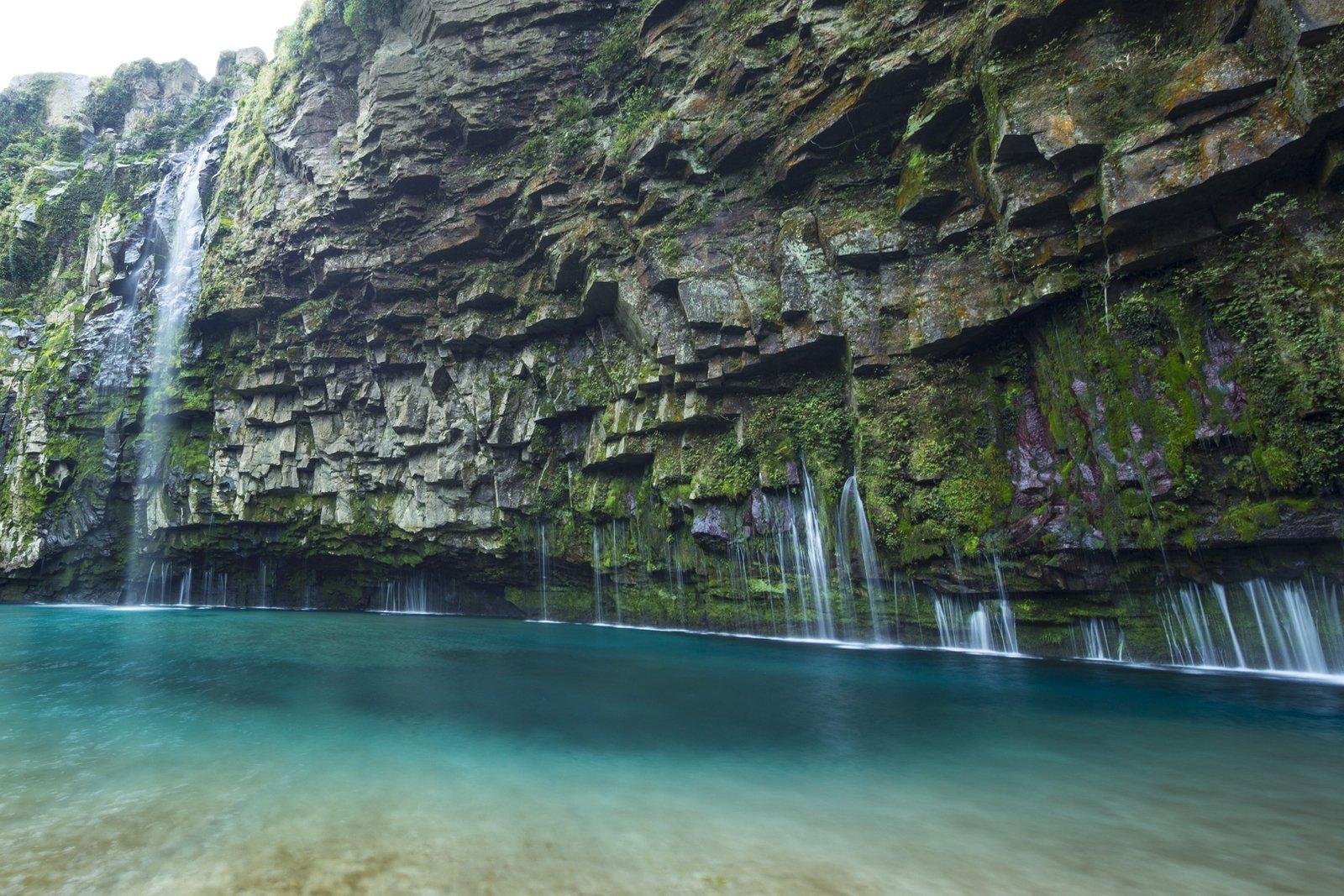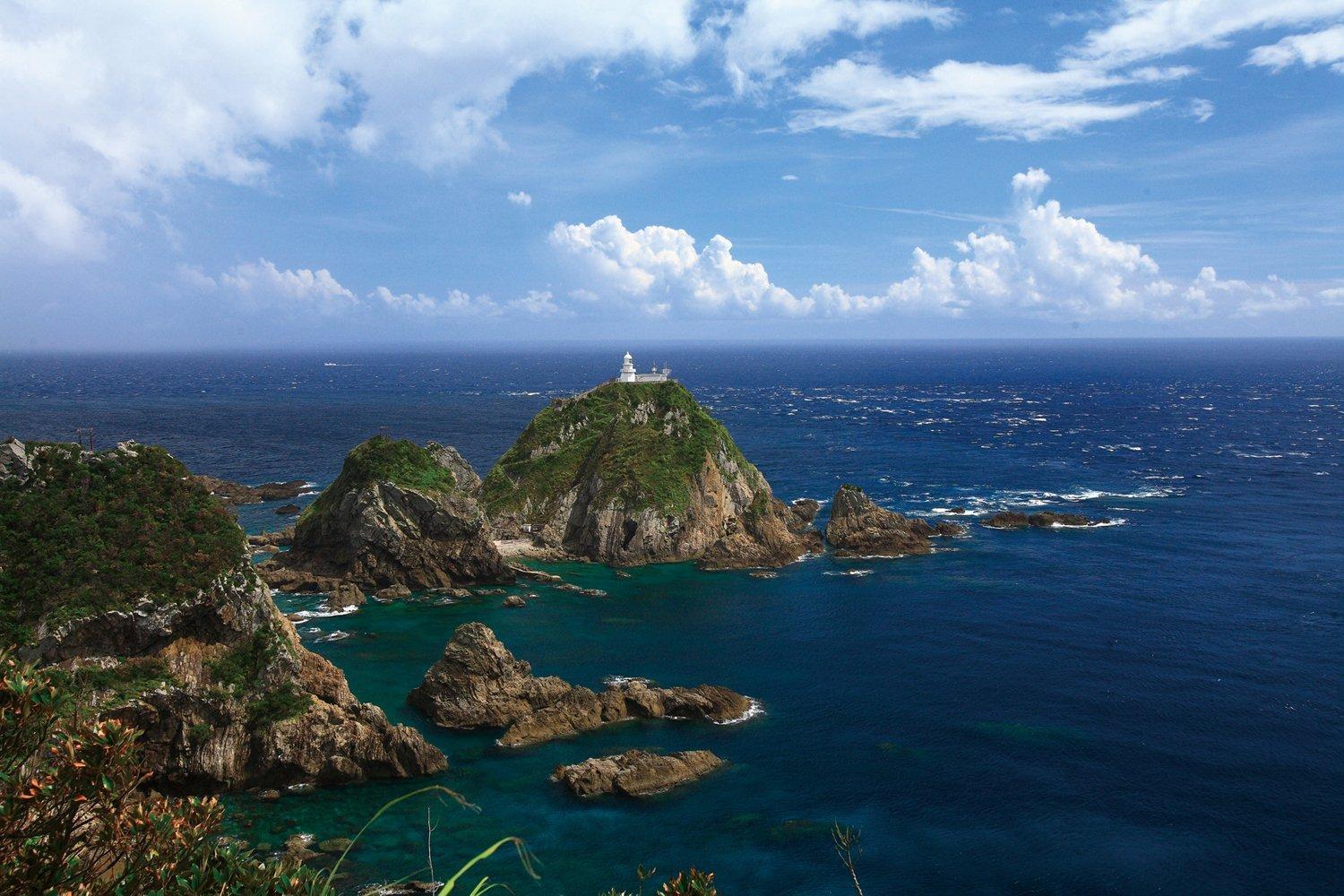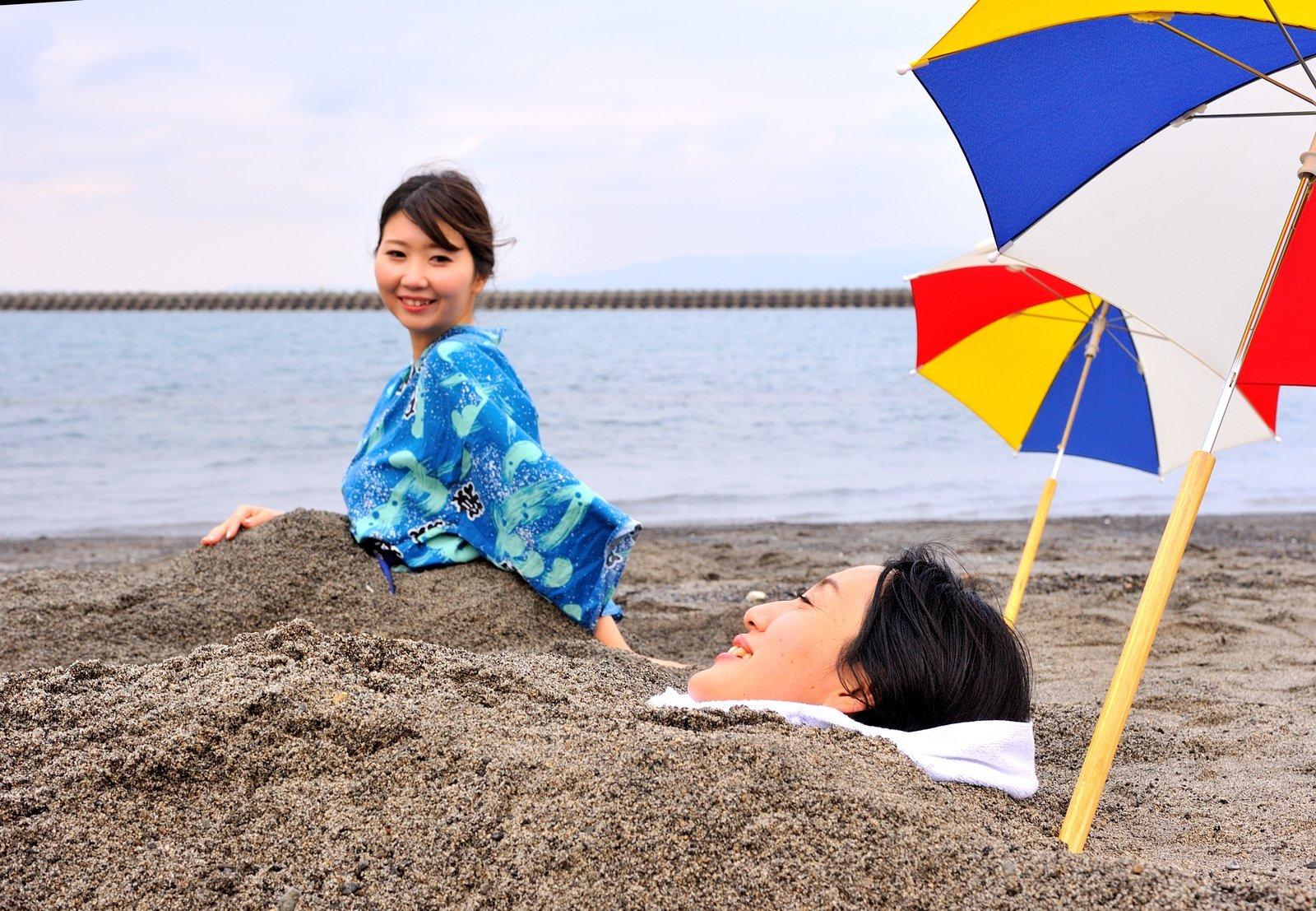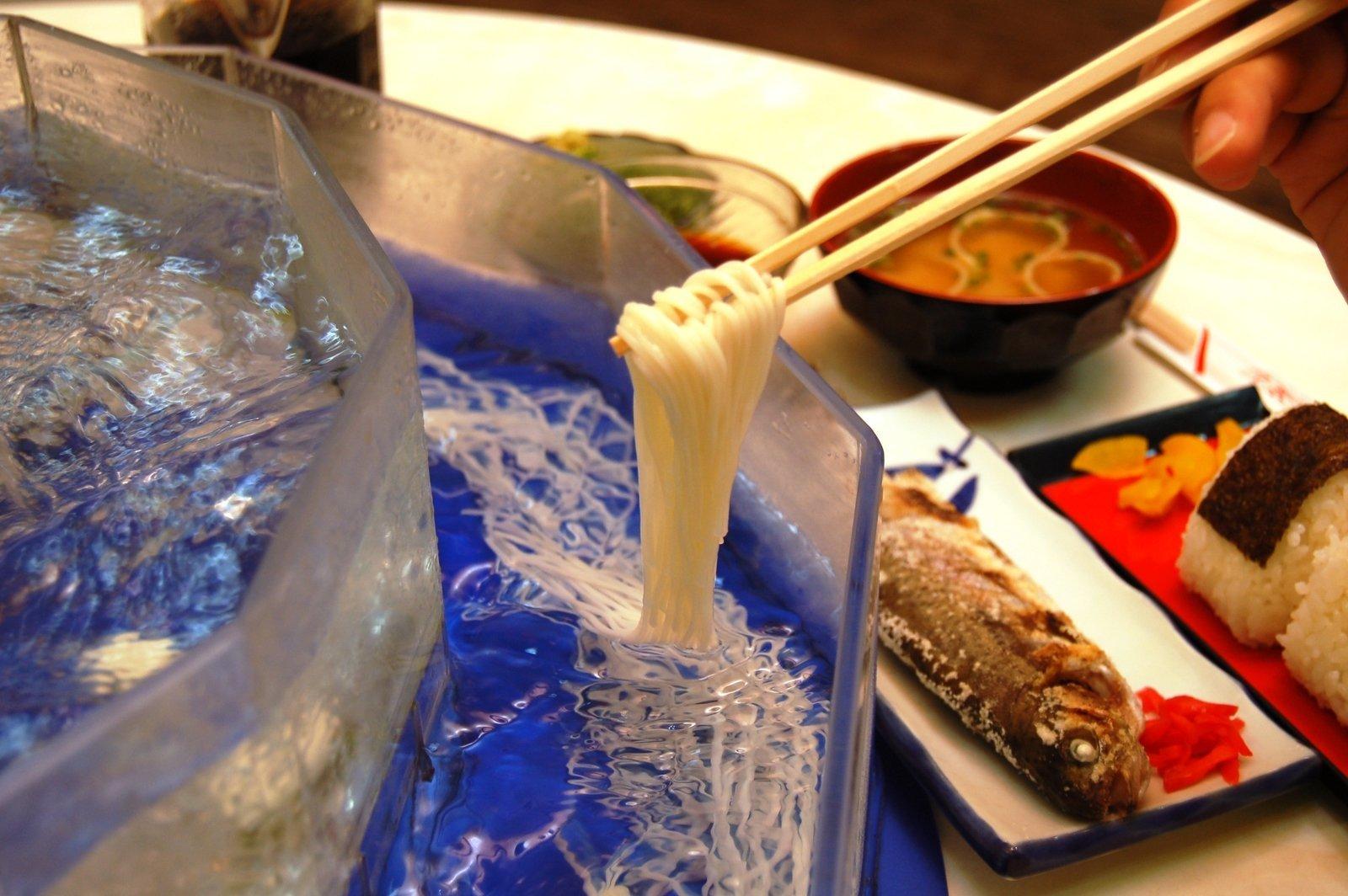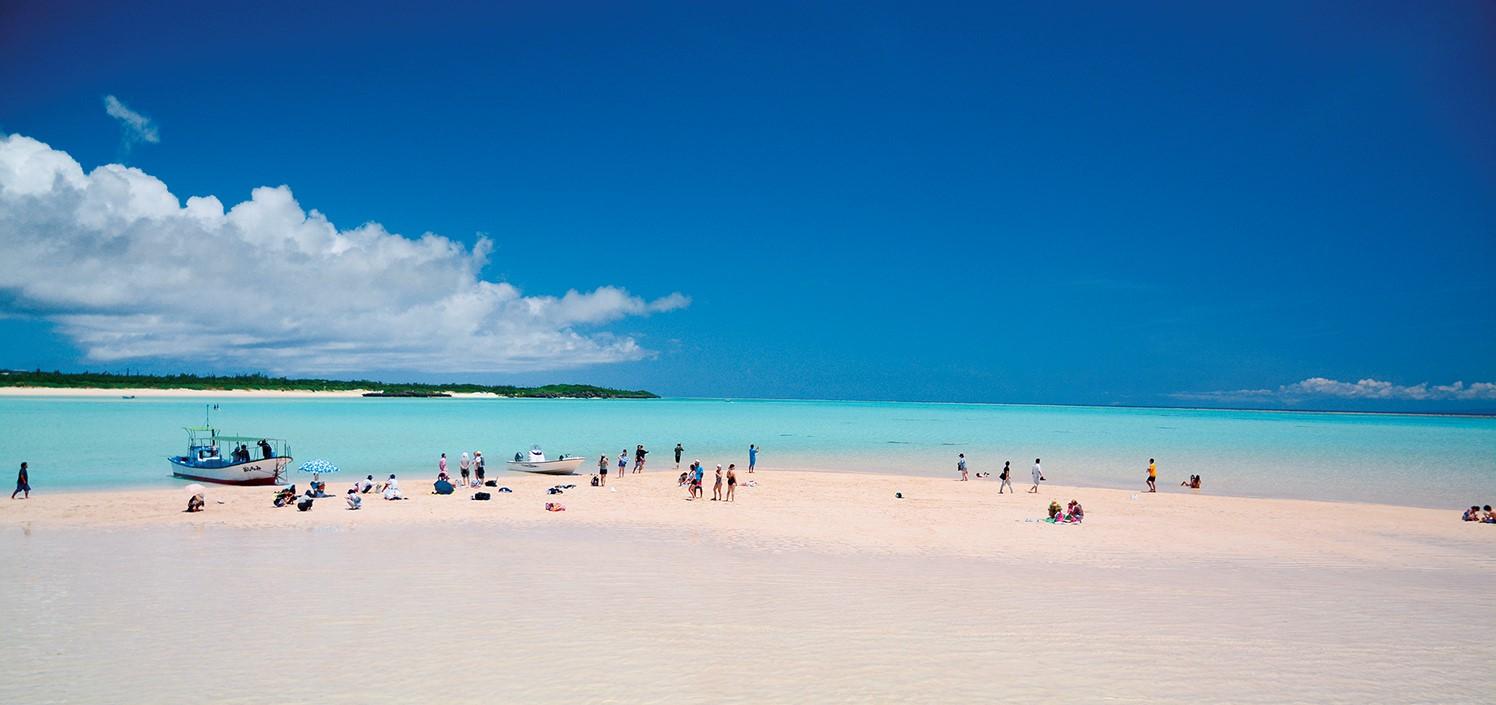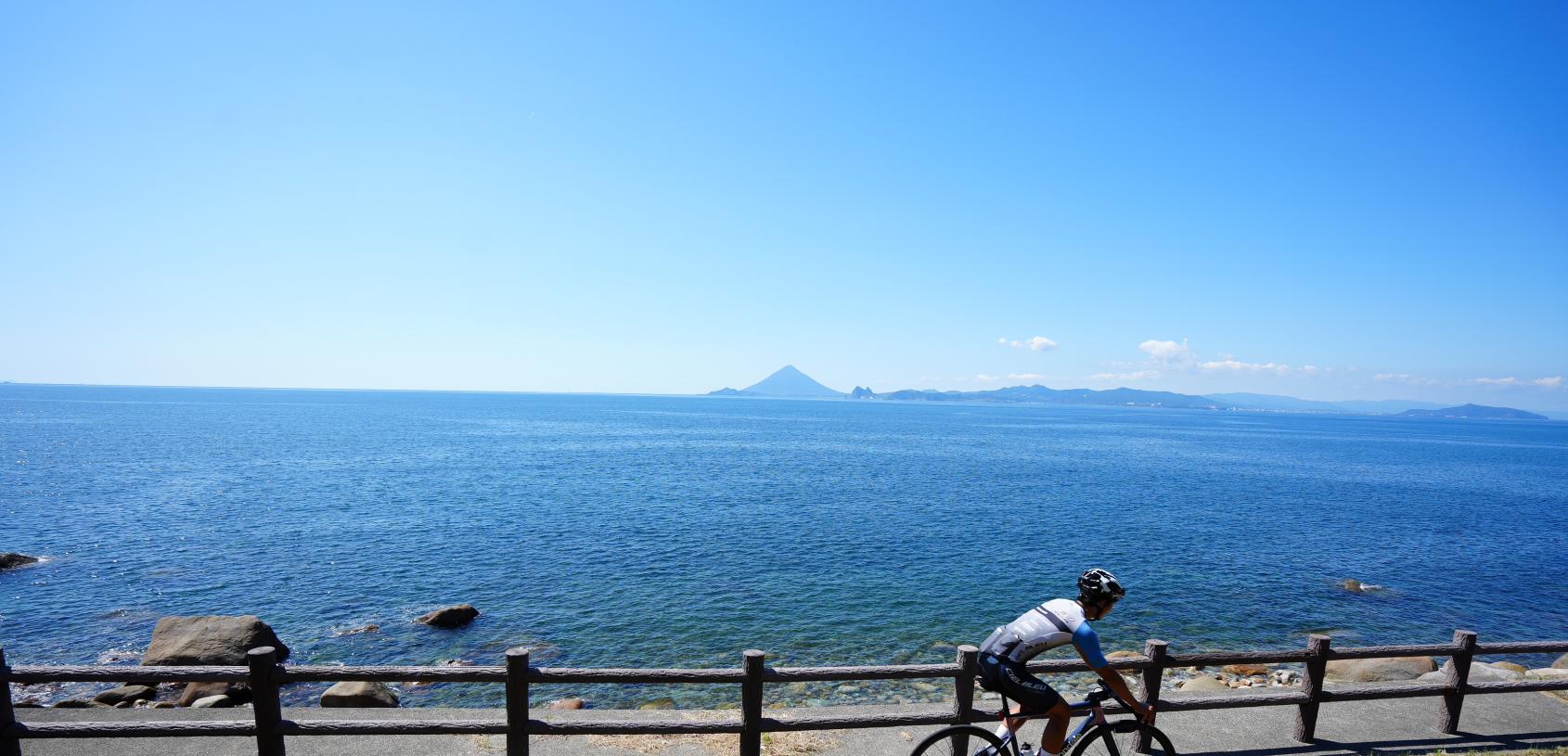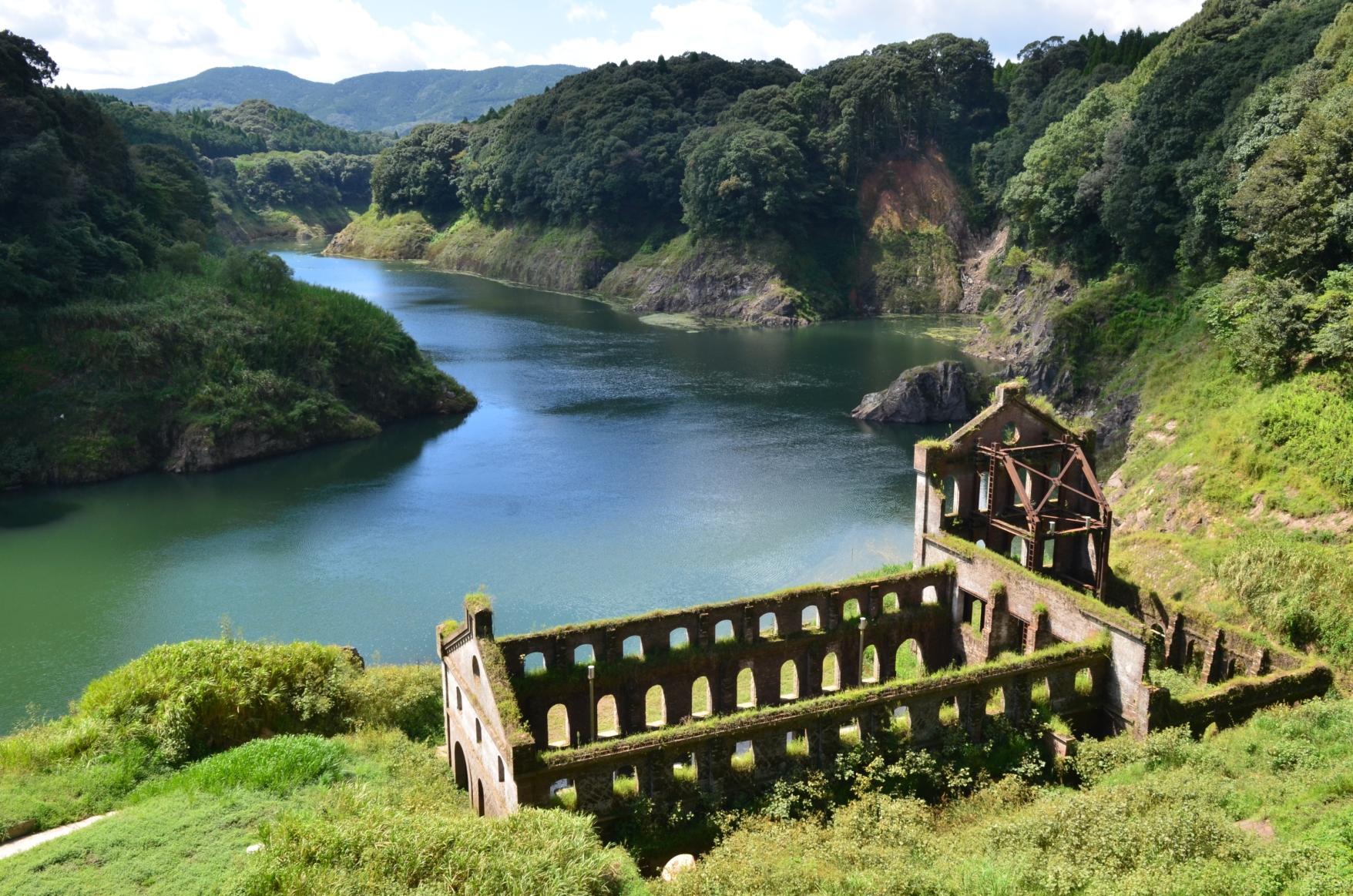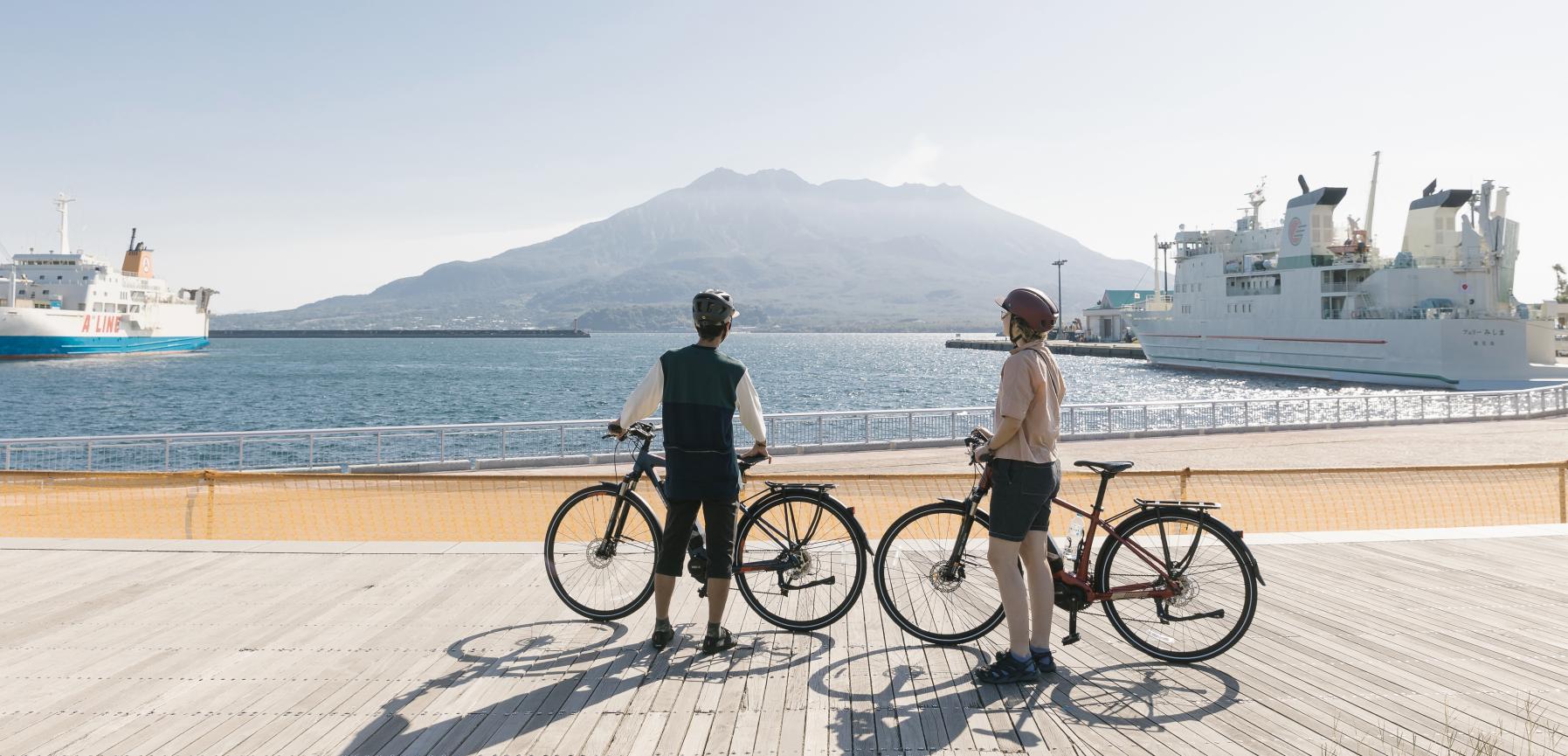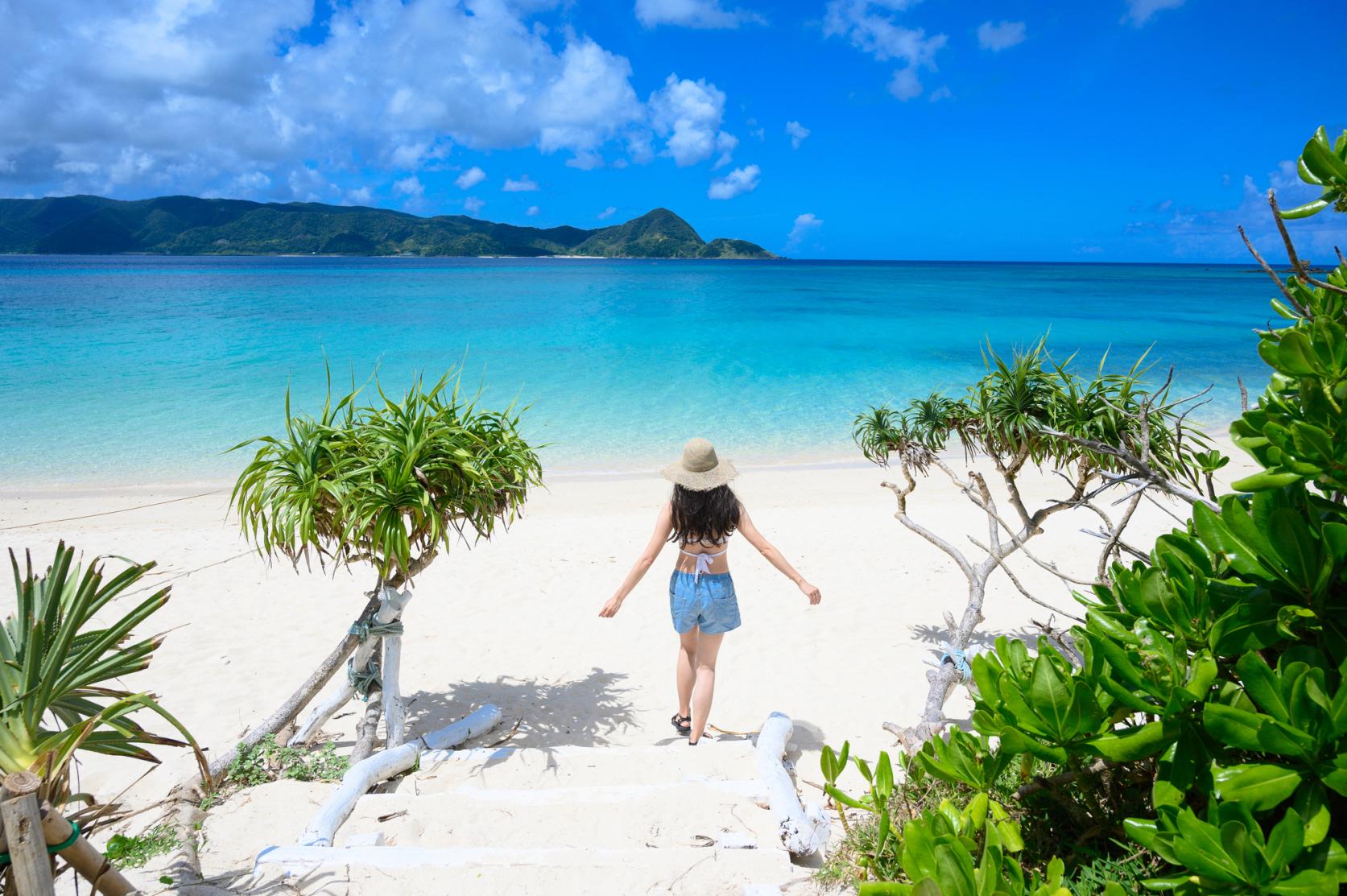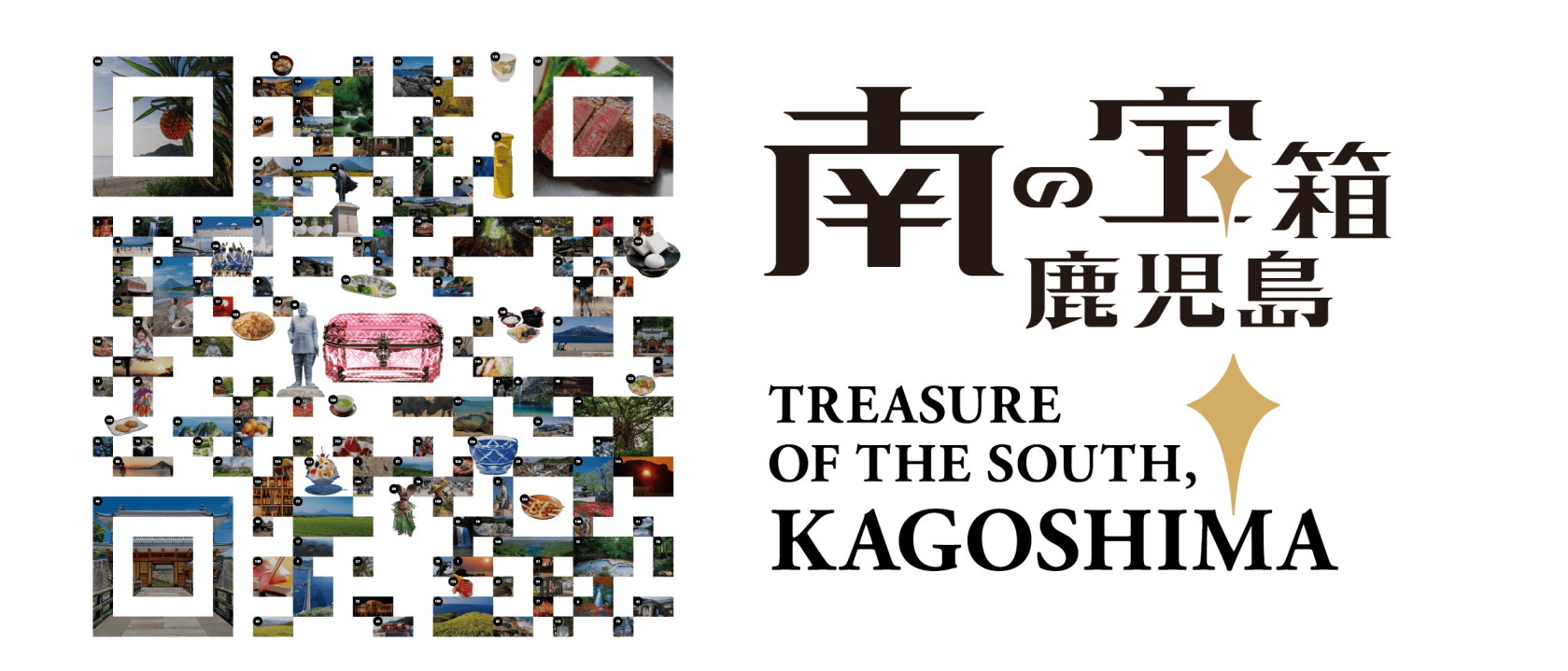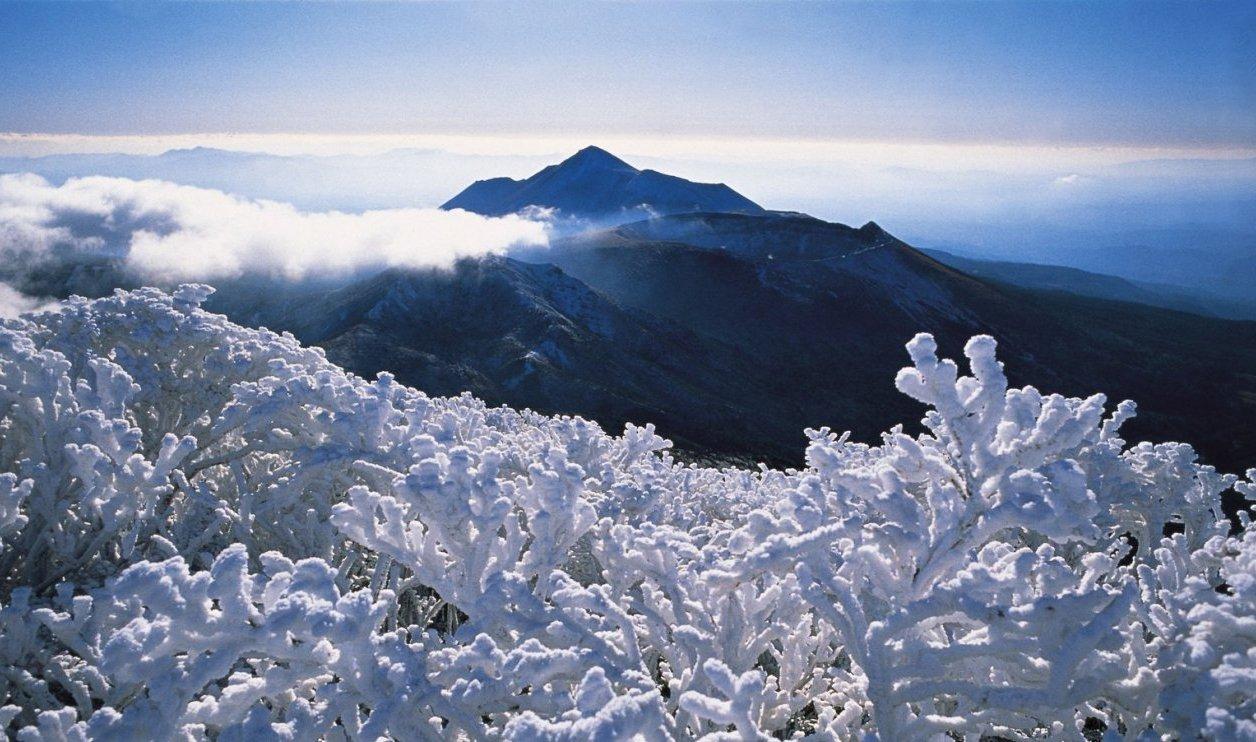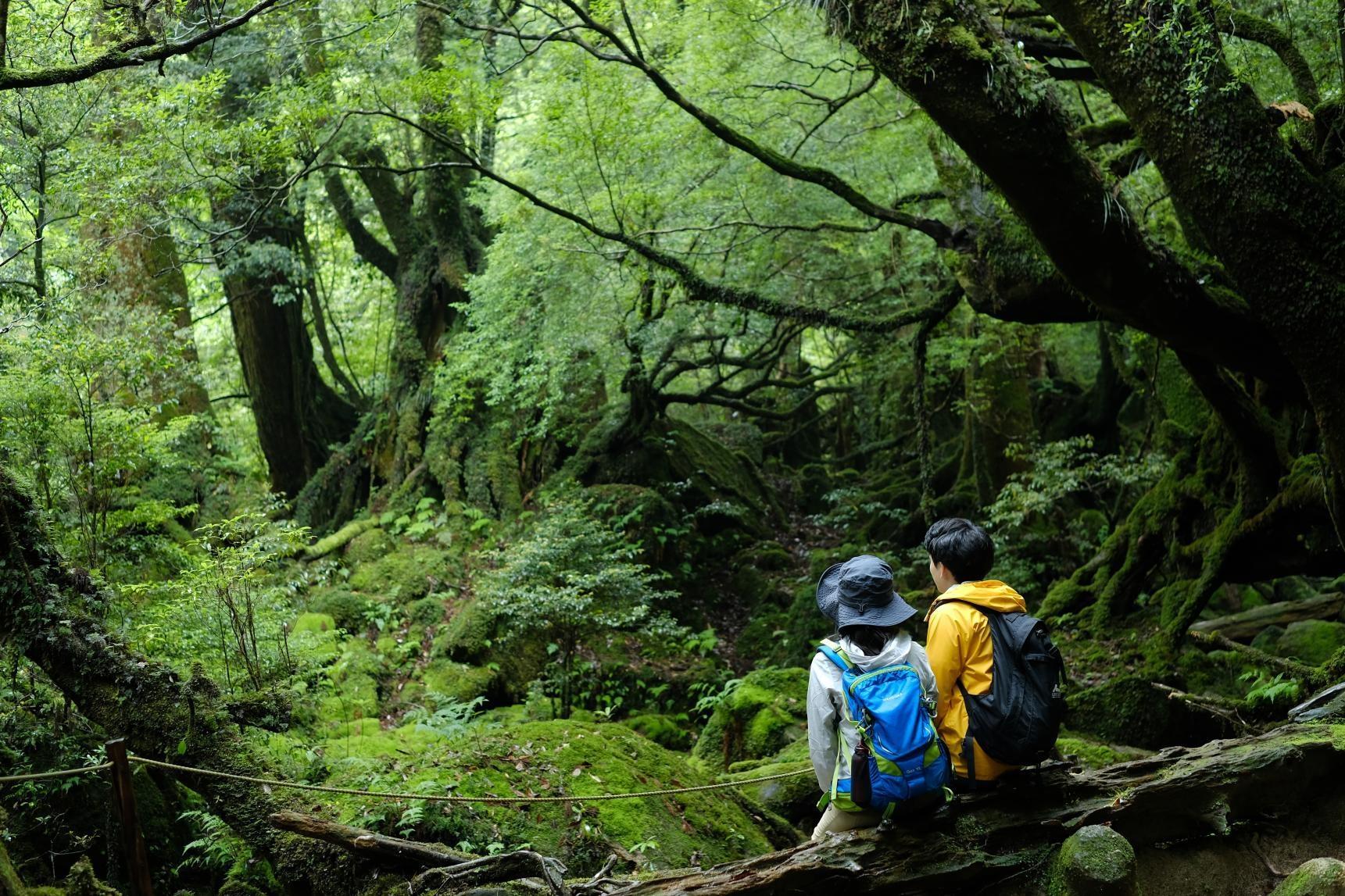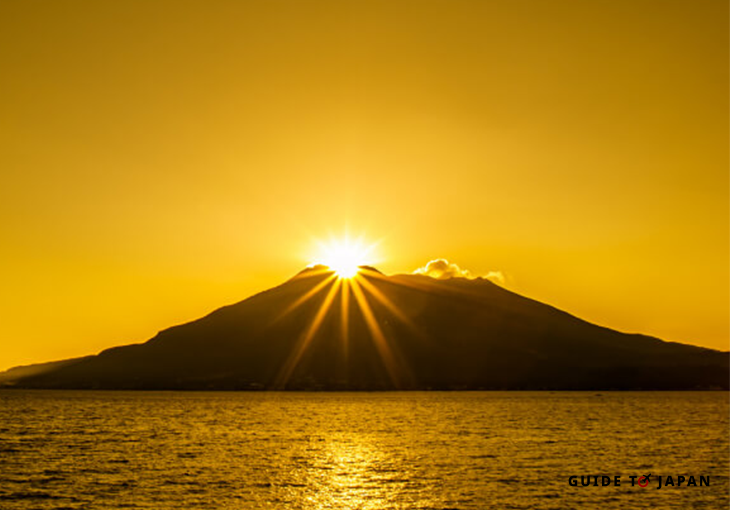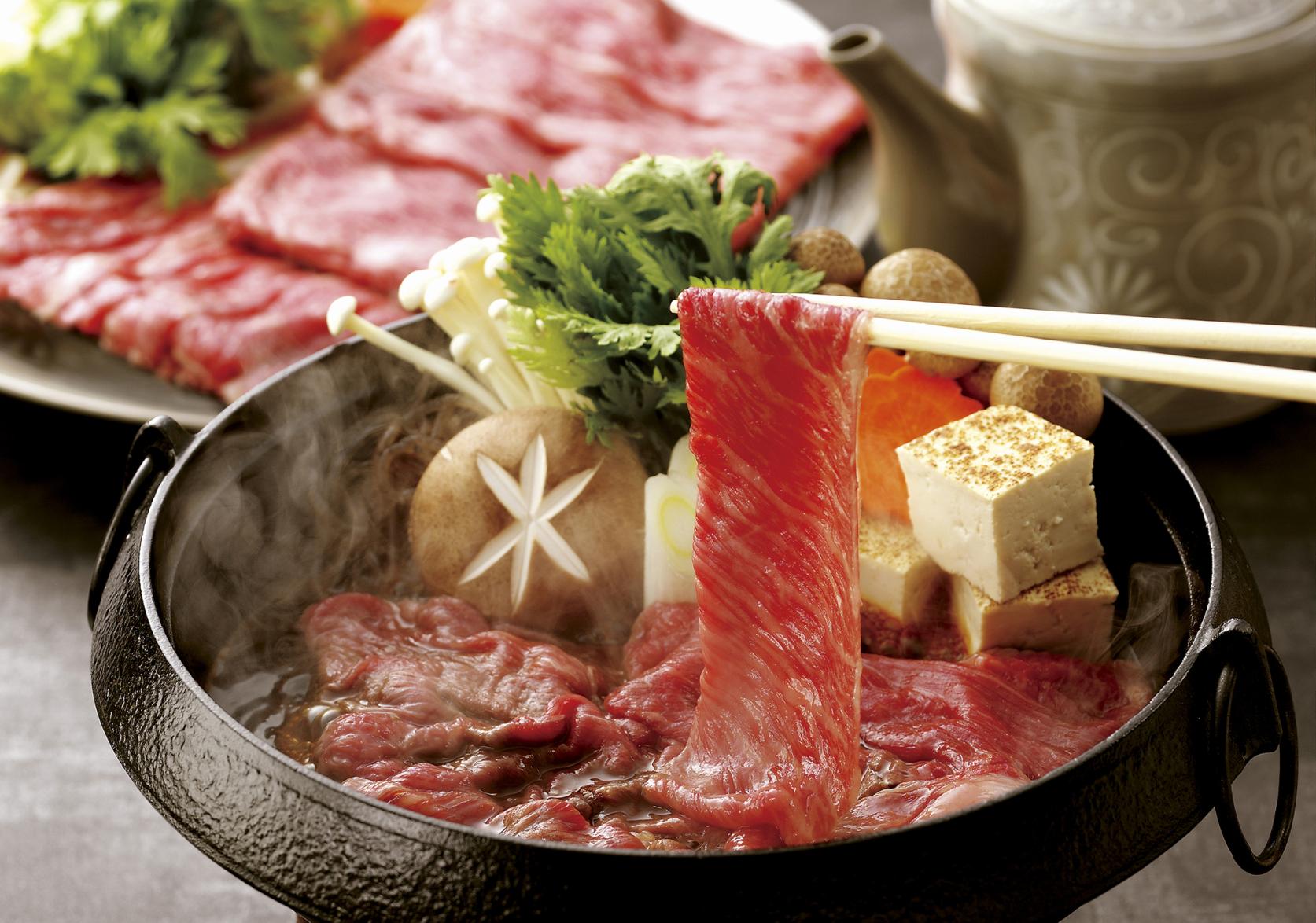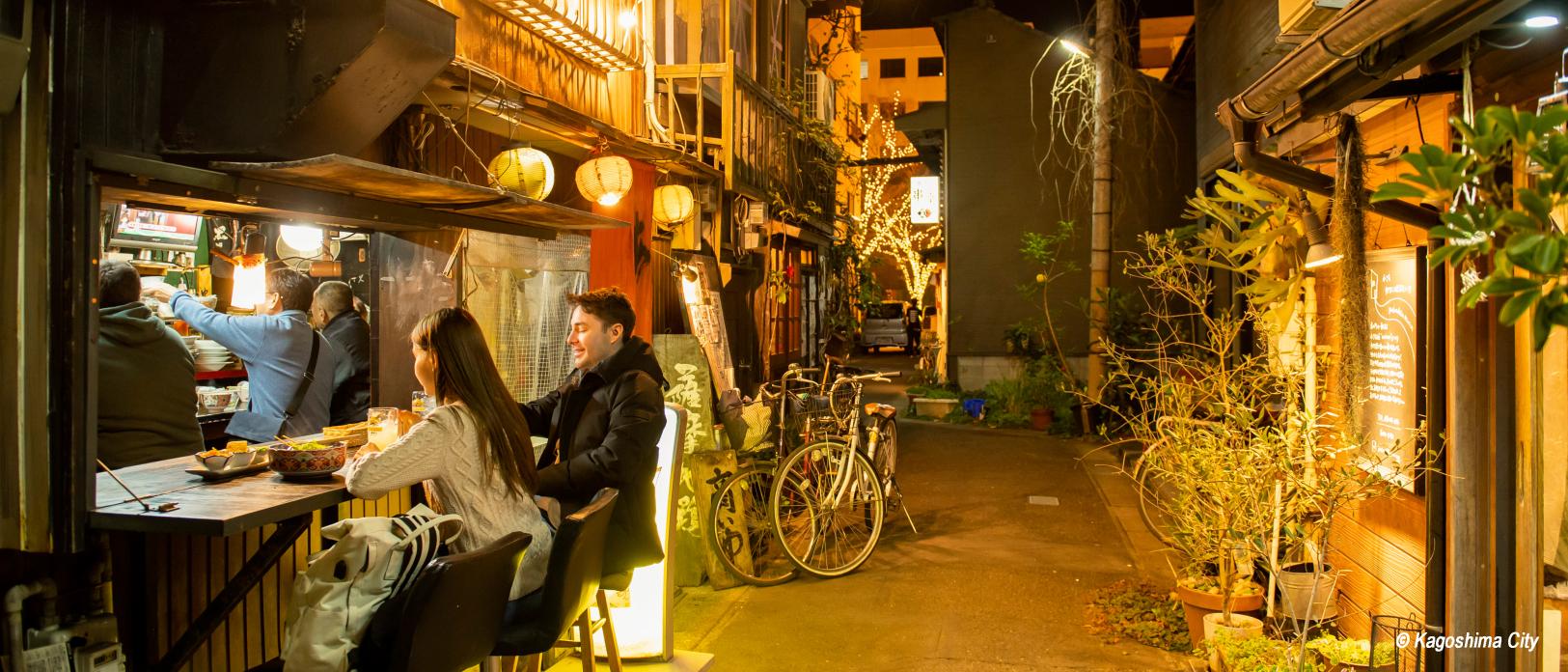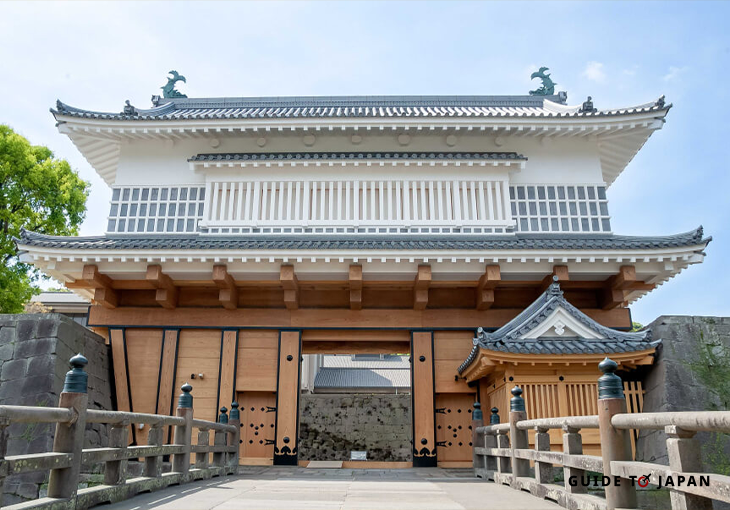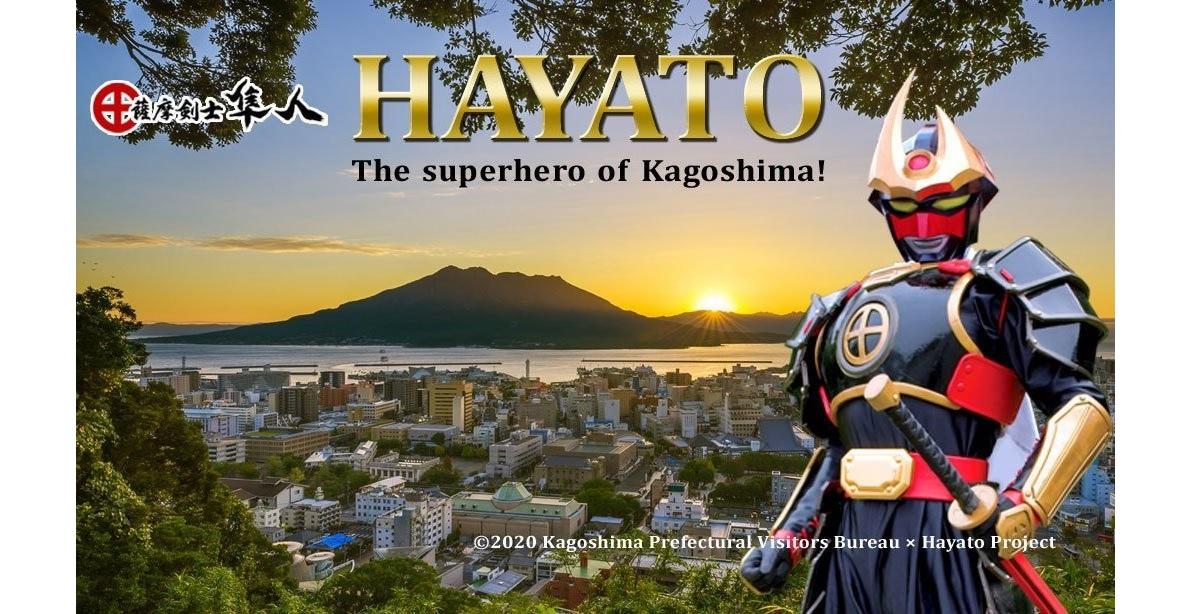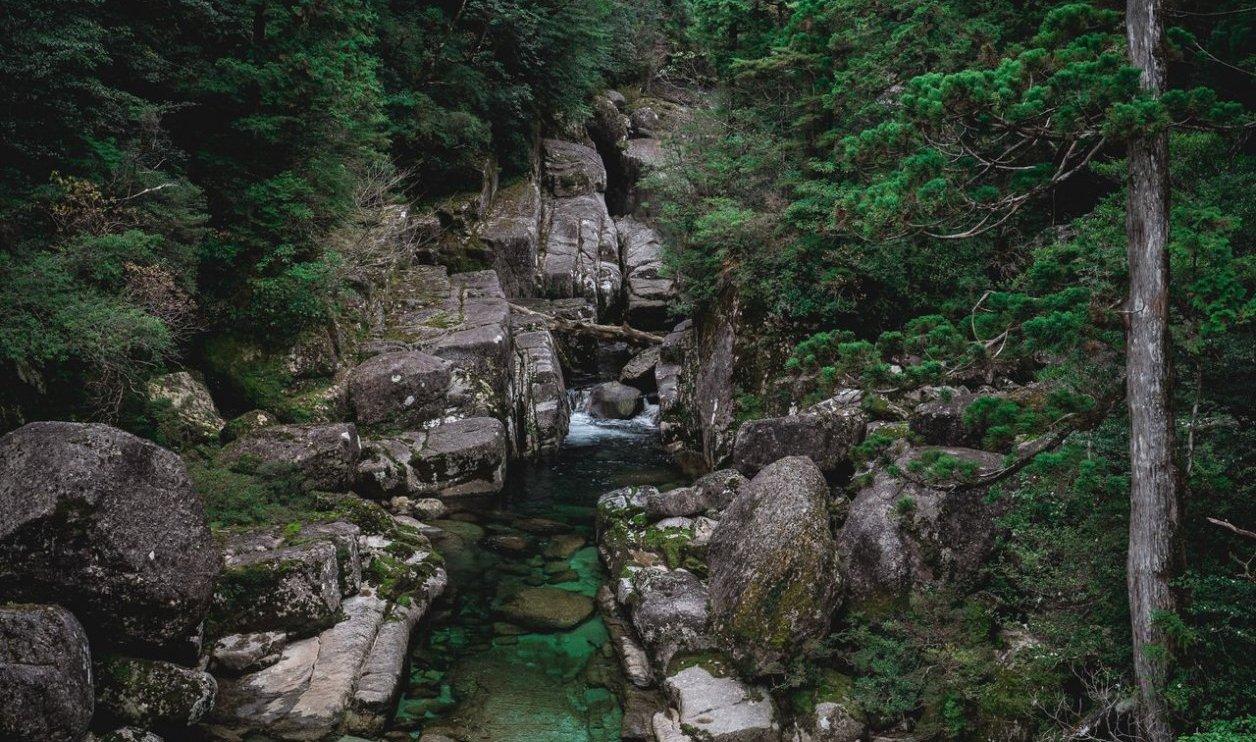Unlocking the Ryugu Legend
Ibusuki and Sata are steeped in folklore and local legend, and no place more so than Ryugu Shrine on Cape Nagasakibana, said to be the birthplace of Urashima Taro, a Japanese folklore character similar to Rip Van Winkle.
Around Ibusuki you will find images and statues connected to this legend, from scenes of Urashima Taro rescuing the turtle and falling in love with the princess, to images of the sea dragon.
Ryugu Legend
According to one version of the legend, the young fisherman Urashima Taro rescues a turtle, only to find that the turtle is a messenger sent by the sea princess Otohime. The turtle carries Taro on his back to Ryugu Palace, a sea dragon’s castle under the waves, where Otohime invites him to stay to thank him for his kindness. Taro immediately falls in love with the princess and accepts her invitation but asks to be allowed to leave after three days, as he does not want to leave his elderly mother alone for long. As he prepares to leave after three days of feasting and celebrating, Princess Otohime gives him a tamatebako as a parting gift, a Pandora’s box of sorts, to protect him from harm. He is instructed never to open it. When he returns to land, Taro discovers that in his absence many decades have passed, and everyone he once knew has passed away. Distraught, he opens the box and releases all the years he missed, turning him into a 100-year-old man.
Cross the Sandbar to Chiringashima Island
Chiringashima is the largest island in Kinkowan Bay, located off the coast of Tarahama Beach. From March to October, at low tide a sandbar creates a temporary path to the uninhabited island. This natural phenomenon lasts between two and four hours, allowing visitors to cross the 800-meter sandbar to explore Chiringashima. As the sandbar resembles a bridge, the island is considered a matchmaking spot for couples, and is even nicknamed “marriage island.”
The island has an observation deck with views of the coastline and bay, as well as places where visitors can fish, gather shellfish, or relax on the pristine white sand. Botany fans can enjoy looking for some of the endangered plants that grow on the island.
Near the beach there is a fully equipped campsite for those who wish to linger. In nearby hills you will find a viewing platform with an excellent bird’s-eye view of the island, which is also a popular spot for viewing cherry blossoms in the spring.
Lake Unagi
A short distance east of Lake Ikeda—Kyushu’s largest lake and home of a legendary lake monster—lies Lake Unagi. Smaller and more remote than its neighbor, azure Lake Unagi is tranquil and unspoiled, surrounded by lush green vegetation.
Nearby Unagi Onsen is a laid-back retreat with retro flair that was once patronized by Saigo Takamori (1828–1877), Japan’s “last samurai,” who once enjoyed a long stay here to take advantage of the health benefits of its hot springs. Saigo was one of three warriors who led the Meiji Restoration and remains a major figure in popular culture. His beloved dog became the mascot of Unagi Onsen; numerous statues of the two can be seen around town.
Mt. Kaimon
Mt. Kaimon is a major landmark in the southern Satsuma Peninsula, rising 924 meters above sea level. It last erupted in 885, but despite over a thousand years of silence it is still considered an active volcano. The mountain’s symmetrical cone bears a striking resemblance to Mt. Fuji, which has earned it the nickname “Satsuma Fuji.” Mt. Kaimon is a popular destination for walkers and hikers, and those that make it to the summit are rewarded with uninterrupted views of the coastline and, on clear days, Yakushima Island in the distance. The climb can be challenging, so appropriate footwear is required.
Nearby Nagasakibana, a cape on the southernmost tip of the peninsula consisting entirely of volcanic rock, offers unspoiled views of the sea and Mt. Kaimon. For centuries, Bandokorobana Nature Park has been praised for its spectacular views, which were rated “the best in the world” by cartographer and surveyor Ino Tadataka (1745–1818) when he visited the area on one of the surveying expeditions he made to produce Japan’s first modern map.
Take a Walk to Ogawa Falls
Ogawa Falls is a stunning sight whatever the season. The falls are 60 meters wide, with crystal-clear water running down a gigantic granite rockface from a height of 46 meters, forming mini waterfalls and pools of emerald-green water.
A well-kept and relatively accessible 1.2-kilometer trail connects the car park and the falls. The trail follows a clear mountain stream before opening onto the falls. In summer, the vegetation is lush and green, changing to hues of red, orange, and yellow in autumn.
In recent years Ogawa Falls has become increasingly famous after being featured in a historical drama on NHK, the Japanese national broadcaster. Weekends and national holidays bring many visitors, but the area still retains its natural charm. Takimiohashi Bridge, near the car park, is a popular spot for photographers.
The Southern Tip of Honshu
Cape Sata is the southernmost point of Kyushu, located at the tip of Kagoshima Prefecture’s Osumi Peninsula. It shares the same latitude as New Delhi and Cairo. Colorful subtropical plants thrive in the warm climate. On clear days you can spot Mt. Kaimon on the neighboring Satsuma Peninsula or the islands of Tanegashima and Yakushima across the waves.
About 50 meters off Cape Sata is Owajima Island, home to the Satamisaki Lighthouse. This is the oldest lighthouse in Japan, designed by Scottish engineer Richard Henry Brunton. Built in 1871, for years the bright light helped vessels safely sail along Japan’s shores.
Visitors can enjoy exploring the winding paths around the cape, head to Japan’s southernmost shrine, or learn a bit of local history at the ruins of the first lighthouse keeper’s quarters, a stone dwelling built for the English and Japanese workers who first occupied the historic lighthouse.
Home of the Natural Steam Sand Bath
Relax and recharge at Ibusuki Onsen, home to some truly unique hot springs. The seaside resort atmosphere, beautiful scenery, and fresh local cuisine make it a great option for visitors seeking a wellness boost. Besides the usual relaxing effects of soaking in hot springs, the natural spring water in the area is rich in sodium, which is said to be effective in treating rheumatism, neuralgia, and digestive problems.
Natural steam sand baths are located on the coastline. Change into a yukata (cotton kimono) provided by the hot-springs facility, lie down on the geothermally heated sand, and allow the staff to cover your body with hot sand. Ten minutes of this soothing treatment is said to improve circulation. While you unwind, you can enjoy views of the sea and Mt. Kaimon, or shut your eyes and listen to the waves lapping the shore.
Regional Treats to Delight All Tastes
One of Ibusuki’s great contributions to Japanese cuisine is nagashi somen, or “flowing noodles.” Diners catch the thin, chilled noodles with chopsticks as they flow along a bamboo slide or in a special tabletop tank. Nearby Tosenkyo Gorge is recognized as the birthplace of nagashi somen, where locals used the clean, clear water flowing through the deep cove to maximize the flavor of the noodles. At Tosenkyo’s popular restaurant, the fresh water—recognized as one of the 100 best water sources in Japan—is piped into special tanks on each table, where visitors can enjoy trying to pick up somen noodles with their chopsticks.
Ibusuki also produces flavorful fava beans, sweet potatoes, and seafood. Visitors with a sweet tooth should sample treats like ice cream made with salt from Cape Sata or infused with unusual ingredients like okra.
Google Maps may not display correctly if left open for more than 1 day
Most popular
-
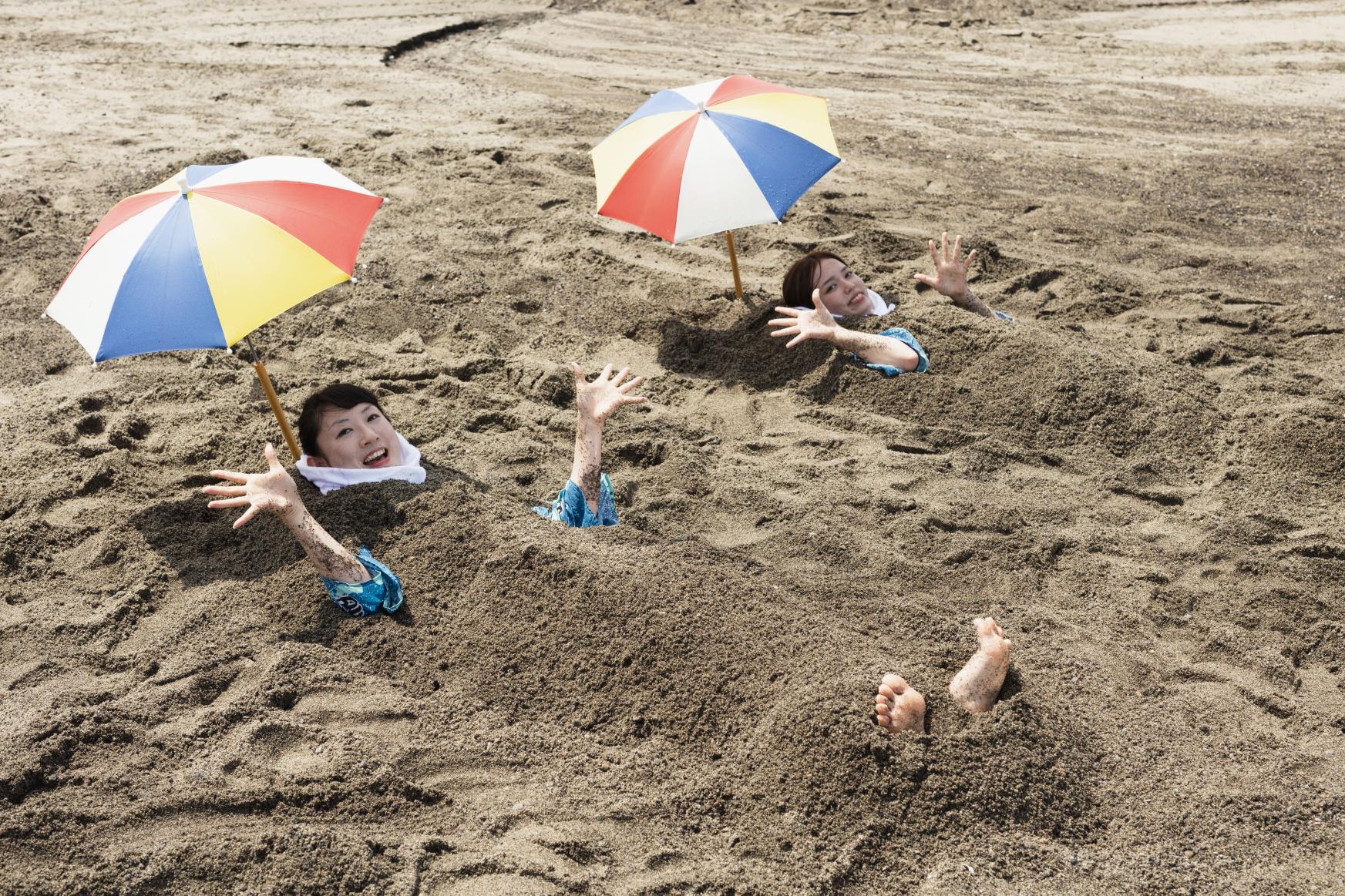
Steam Sand Baths
-
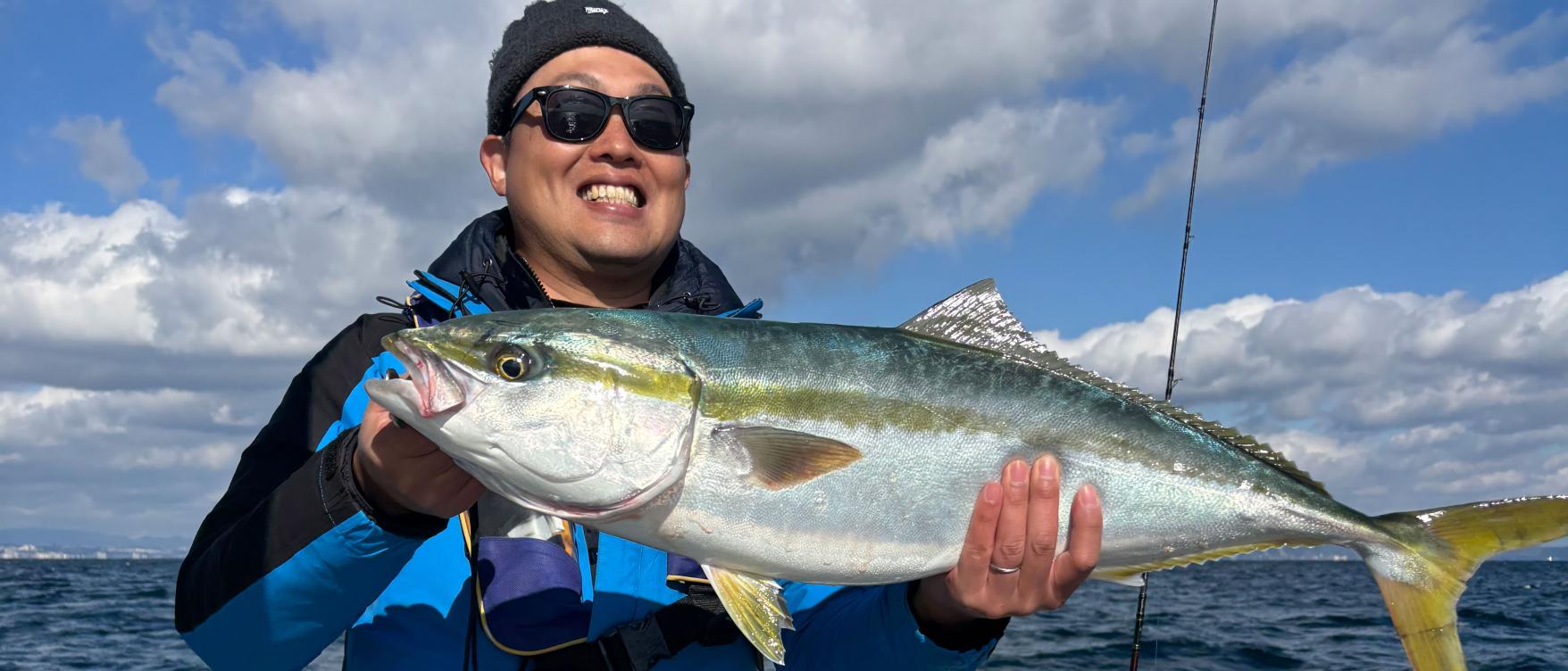
Enjoy a great fishing experience in Kagoshima's Kinko Bay!
-
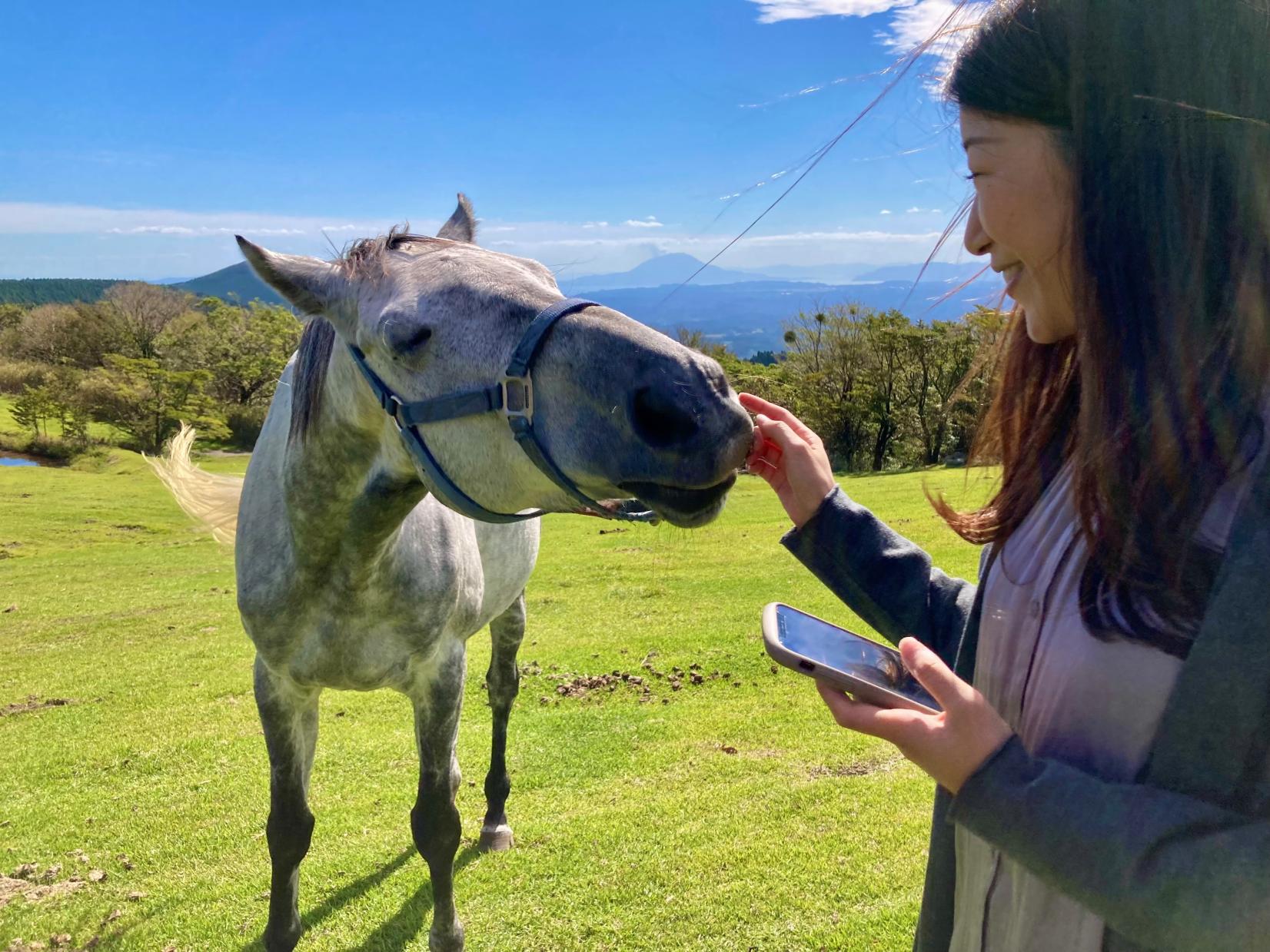
Re-Wild Kagoshima: The ultimate healing experience of interacting with the “Happy Horses”
-
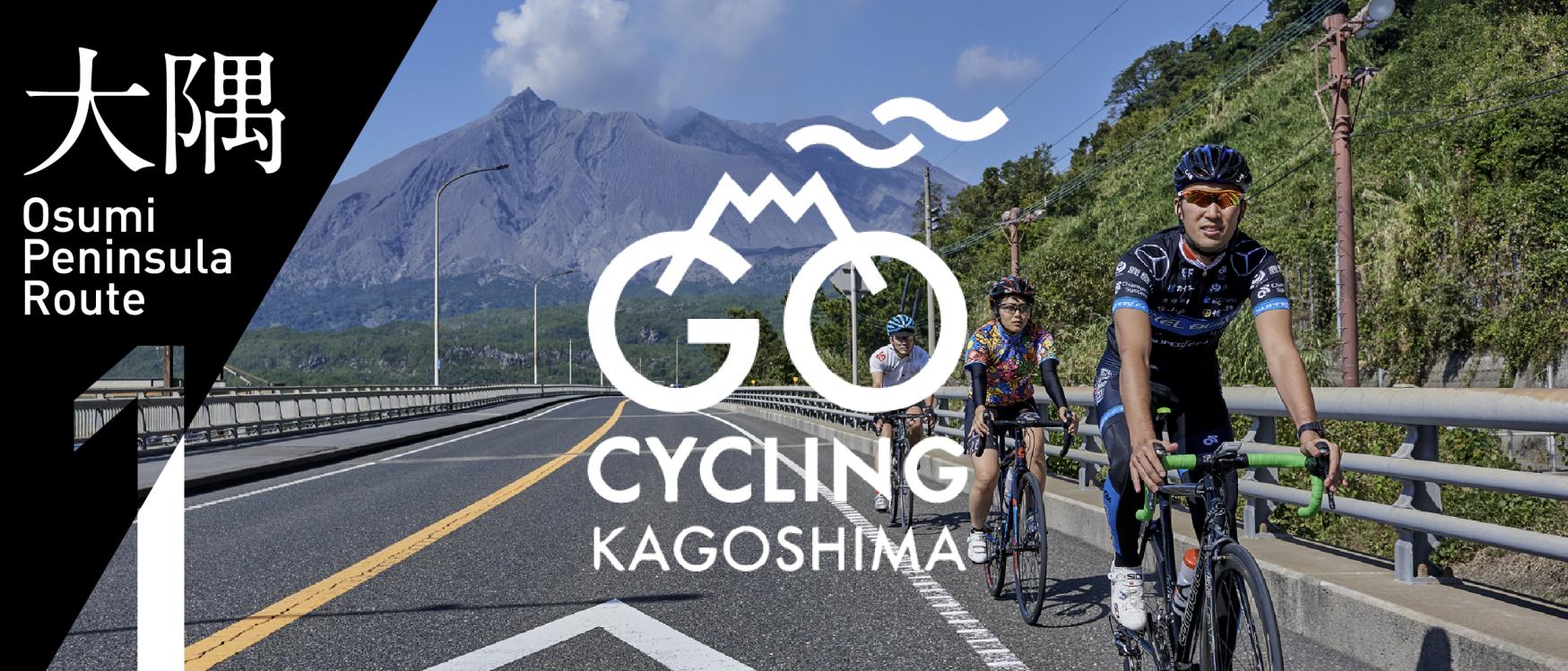
Now is the time for a bike trip! Cycle beautiful Kagoshima
-
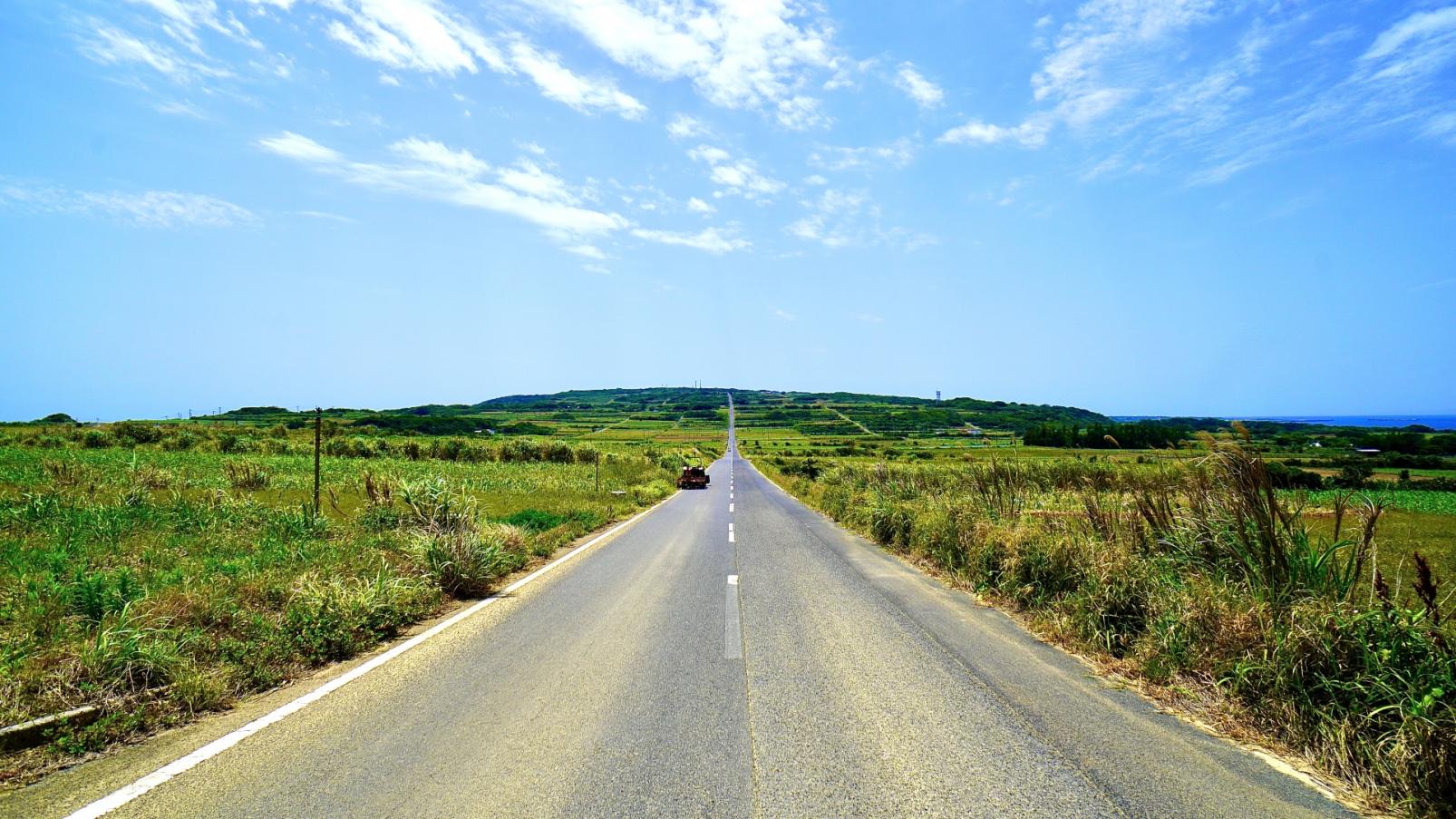
Kikaijima Course, an island where mysterious giant banyan trees and butterflies dance



